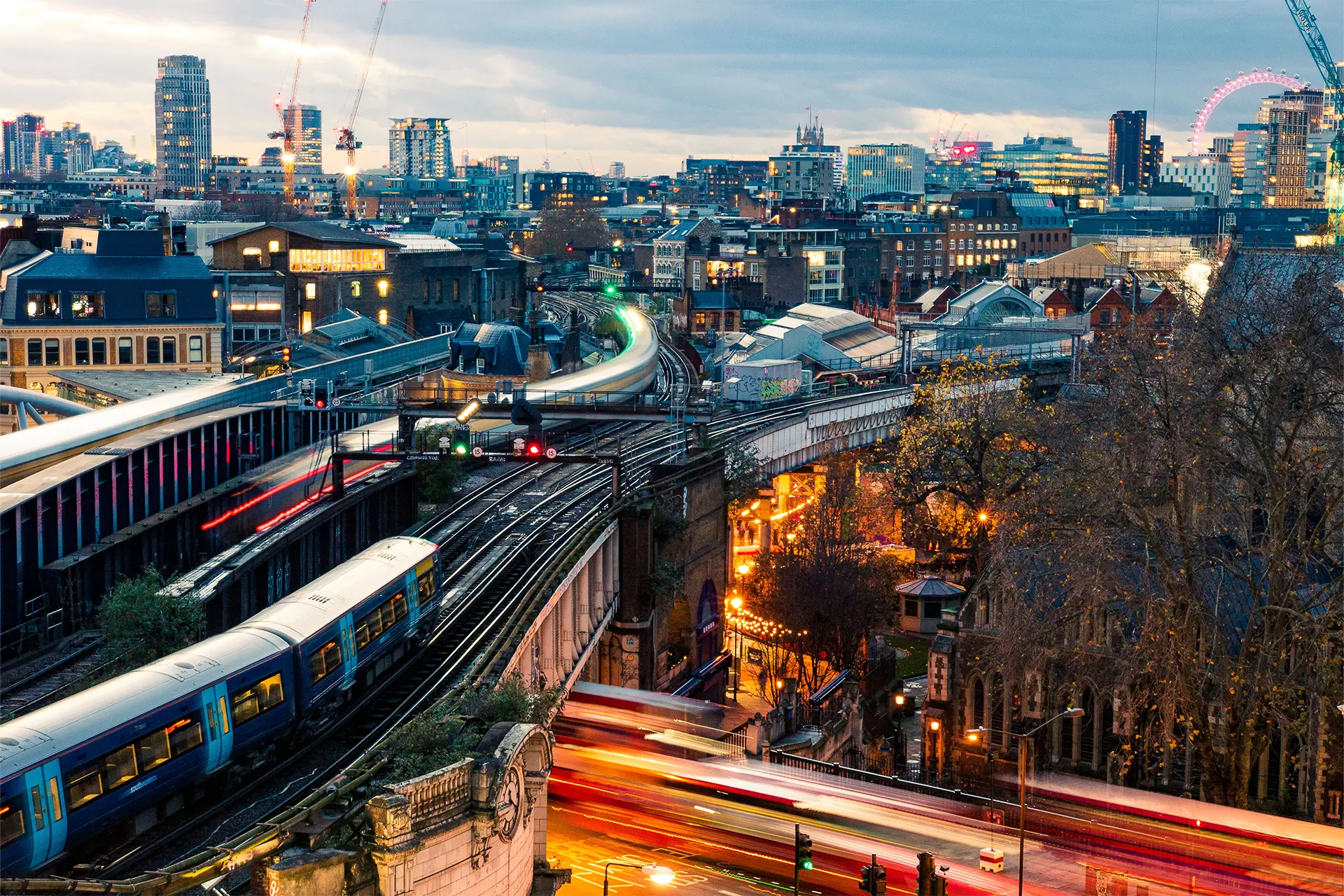Buying a flat in London is a dream for many. With its iconic skyline, buzzing neighborhoods, and cultural diversity, the UK capital remains one of the most desirable — and competitive — property markets in the world. Whether you’re a first-time buyer, an investor, or relocating from abroad, understanding the buying process is crucial to making a smart, stress-free purchase.
In this guide, we’ll walk you through everything you need to know about how to buy a flat in London, including budgeting, choosing a location, navigating mortgages, and avoiding common pitfalls. Let’s dive in.
Understanding the London Property Market
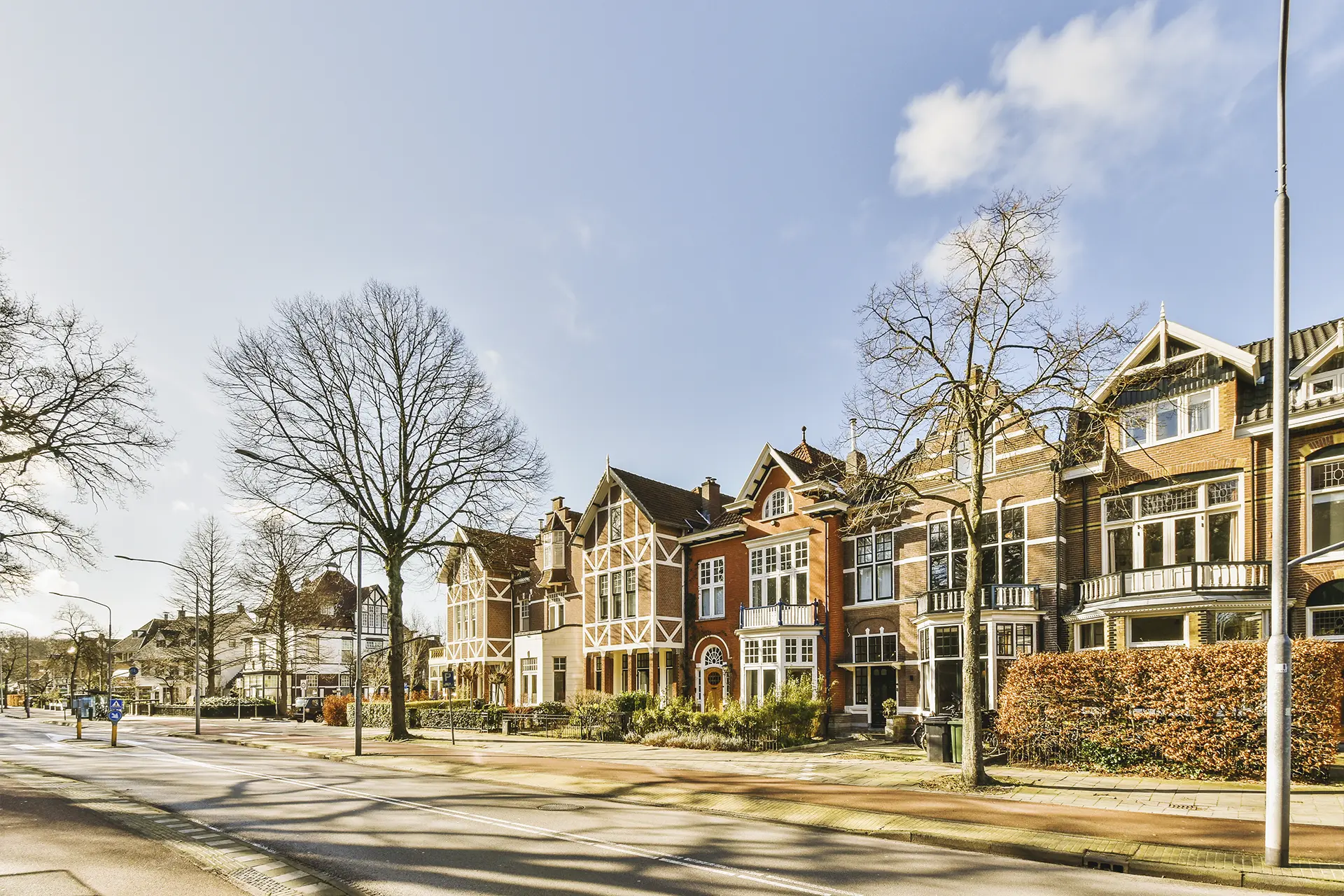
Before making a move, you need to understand how the London property market works. London is known for high property prices, limited inventory, and fierce competition among buyers. Many areas experience rapid price growth due to infrastructure projects, rezoning, and the general trend of urban regeneration.
Keeping an eye on current trends is important. For instance, demand has been shifting from Central London to outer boroughs post-pandemic, where properties are slightly more affordable and offer more space. It’s also vital to understand that prices can vary drastically even within a single borough.
Key Market Features:
- High demand and low supply: Flats get snapped up quickly, especially in prime locations.
- Leasehold vs Freehold: Most London flats are leasehold, meaning you own the property but not the land it’s built on. Freehold is more common with houses.
- Average Prices: As of 2025, average flat prices in London range from £300,000 in outer boroughs to over £1 million in central zones.
Stay up to date with market trends by checking platforms like Rightmove, Zoopla, and the HM Land Registry. Following reports from the Office for National Statistics (ONS) can also provide a macroeconomic view of UK house price trends.
Set Your Budget
Setting a clear budget is your first serious step. Beyond the flat’s price, there are several other costs to factor in. Being realistic about your affordability helps prevent delays in the process and ensures that you’re not house-poor after the purchase.
Online mortgage calculators can give you a ballpark figure for monthly repayments, but speaking to a mortgage advisor is the best way to get a clear picture of what you can borrow. Remember that your monthly payments should ideally not exceed 30–35% of your net income.
Main Costs:
- Deposit: Usually 5–20% of the property price.
-
Stamp Duty Land Tax (SDLT): Tiered tax on properties over £250,000. Use the official SDLT calculator to estimate your liability.
- Legal Fees: Typically £1,000–£2,000.
- Mortgage Fees: Arrangement and valuation fees can add up to £1,000 or more.
- Survey Costs: From £300 to £1,500, depending on the level of detail.
- Moving Costs: Removal, packing, and setup fees.
- Service Charges: Especially important in leasehold flats with communal areas.
Have at least 10–15% more than the flat’s purchase price to cover these extras. Also consider ongoing costs like council tax and utility bills. You can check your Council Tax band on the gov.uk website.
Get Your Finances in Order

If you’re planning to buy with a mortgage, start by checking your credit score. Lenders want to see a good financial history. A higher credit score typically unlocks better mortgage rates, which can save you thousands over the loan term.
Ensure all your financial documents are in order — recent payslips, bank statements, and proof of ID. The more organised you are, the faster your application can be processed. Avoid taking out new loans or credit cards in the months leading up to your application.
Steps:
- Improve Your Credit Score: Pay off debts, avoid new loans.
- Get a Mortgage in Principle (MIP): This pre-approval letter shows estate agents you’re a serious buyer.
- Consider a Mortgage Broker: They can access deals not available to the public and simplify the application process.
Working with a broker also provides tailored advice based on your income and employment type (e.g. self-employed or contractor), which can make a big difference in securing a suitable mortgage. You can also refer to MoneyHelper for impartial advice on mortgages and budgeting.
Choose the Right Location
London is made up of 32 boroughs, each with its own character, price range, and appeal. It’s important to think about your long-term lifestyle: commuting needs, family plans, and community preferences.
Some areas offer better value than others, especially those undergoing redevelopment or with new transport links, such as Crossrail. Look at historical property performance in the area and upcoming planning developments that may affect value. The Greater London Authority website can provide insight into regeneration projects.
Popular Areas by Buyer Type:
- First-time buyers: Lewisham, Walthamstow, Acton — more affordable and up-and-coming.
- Investors: Stratford, Canary Wharf — strong rental yields and regeneration projects.
- Luxury buyers: Kensington, Chelsea, Hampstead — prime real estate with a premium price tag.
Research transport links, crime rates, schools, and local amenities to choose an area that fits your lifestyle and budget. Spend time walking around neighborhoods and speaking to local residents to get a feel for the community.
Start the Property Search

With a budget and location in mind, it’s time to search. Be patient — it may take several weeks or months to find the right flat.
Create alerts on property portals and check listings daily. It’s also wise to develop a good relationship with local estate agents, who can notify you before new listings go live online.
Where to Look:
- Online Portals: Rightmove, Zoopla, OnTheMarket.
- Estate Agents: Register with agents in your desired area for early access.
- Property Auctions: Sometimes offer deals but require careful due diligence. Visit the Gov.uk auction property guide to learn more.
Viewing Tips:
- Visit during different times of day.
- Ask about lease length, ground rent, and service charges.
- Look out for signs of damp, outdated wiring, or structural issues.
Bring a checklist and take photos or videos for reference. It’s easy to forget details when viewing multiple properties.
Make an Offer
Once you find the flat you want, make an offer via the estate agent. Be polite but firm in your negotiation and have a maximum price in mind before entering discussions.
Offers can be accepted quickly, or there may be back-and-forth. Be prepared for other buyers to come in with higher bids — especially if the property is in a desirable location.
How to Make a Strong Offer:
- Base it on local comparable sales.
- Show your MIP and readiness to proceed.
- Be ready to negotiate and move fast.
The seller might accept, reject, or come back with a counter-offer. Don’t overpay in a bidding war. Instead, highlight your strengths as a buyer: mortgage-ready, flexible timeline, and commitment.
Hire a Solicitor or Conveyancer
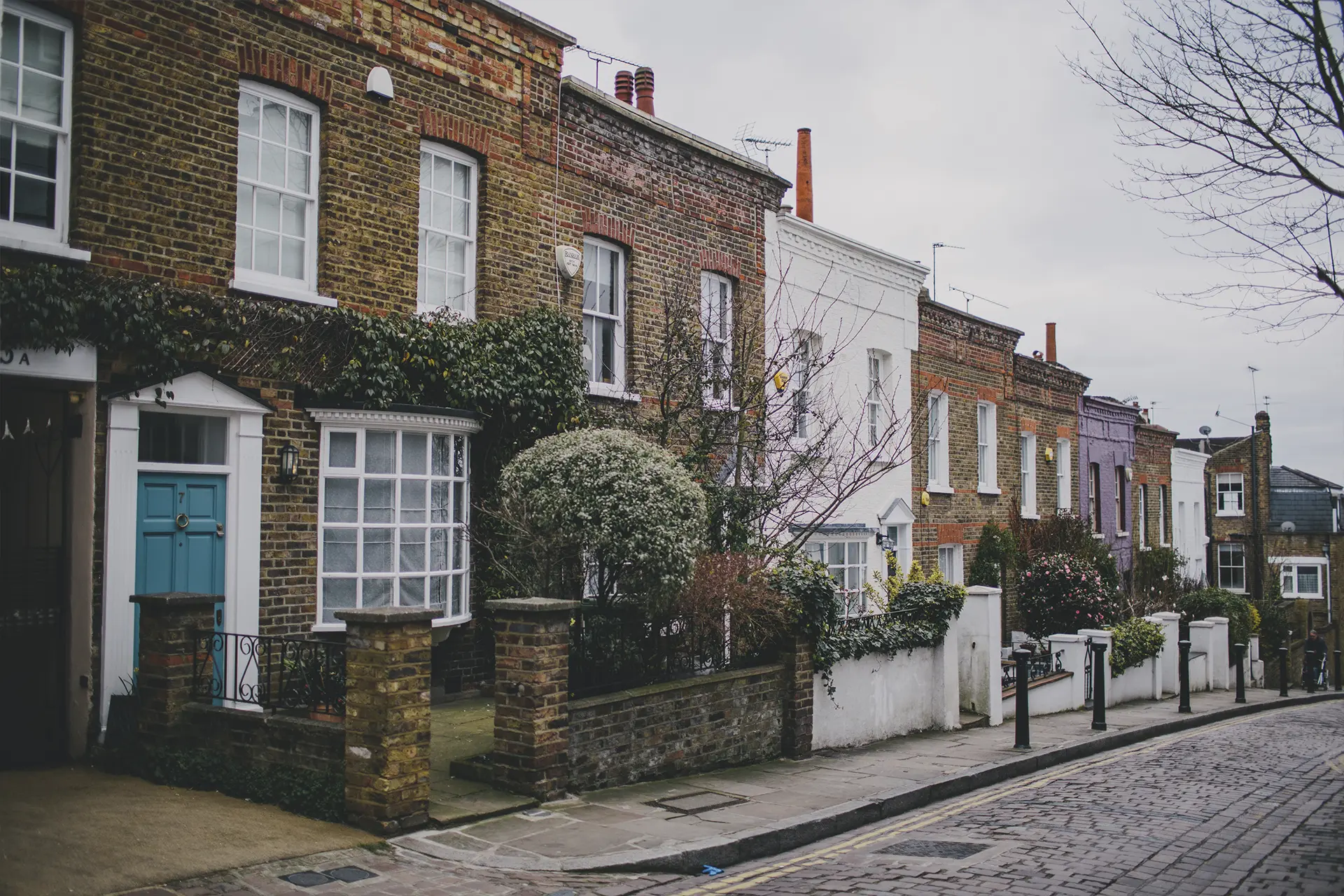
These professionals handle the legal paperwork, contract review, and official property transfer. Choosing a good solicitor can make or break your buying experience.
Look for conveyancers who are responsive and experienced in dealing with leasehold transactions. Delays often stem from poor communication between legal teams. You can search for regulated professionals via the Solicitors Regulation Authority.
What They Do:
- Conduct local searches.
- Review lease terms.
- Liaise with the seller’s solicitor.
Choose someone with experience in London leasehold transactions. Get a fixed quote up front and check online reviews to ensure quality service.
Finalize Your Mortgage
Once your offer is accepted:
- Submit a full mortgage application.
- Your lender will arrange a valuation of the property.
- Review the mortgage offer and sign.
The lender will assess the property’s value to ensure it aligns with the loan amount. If it comes in lower than your offer, be prepared to renegotiate or cover the shortfall.
Compare different mortgage types (fixed-rate, tracker, offset) and repayment terms to choose the best fit. Your broker or bank advisor can help you understand early repayment charges, portability, and flexibility.
Surveys and Valuations
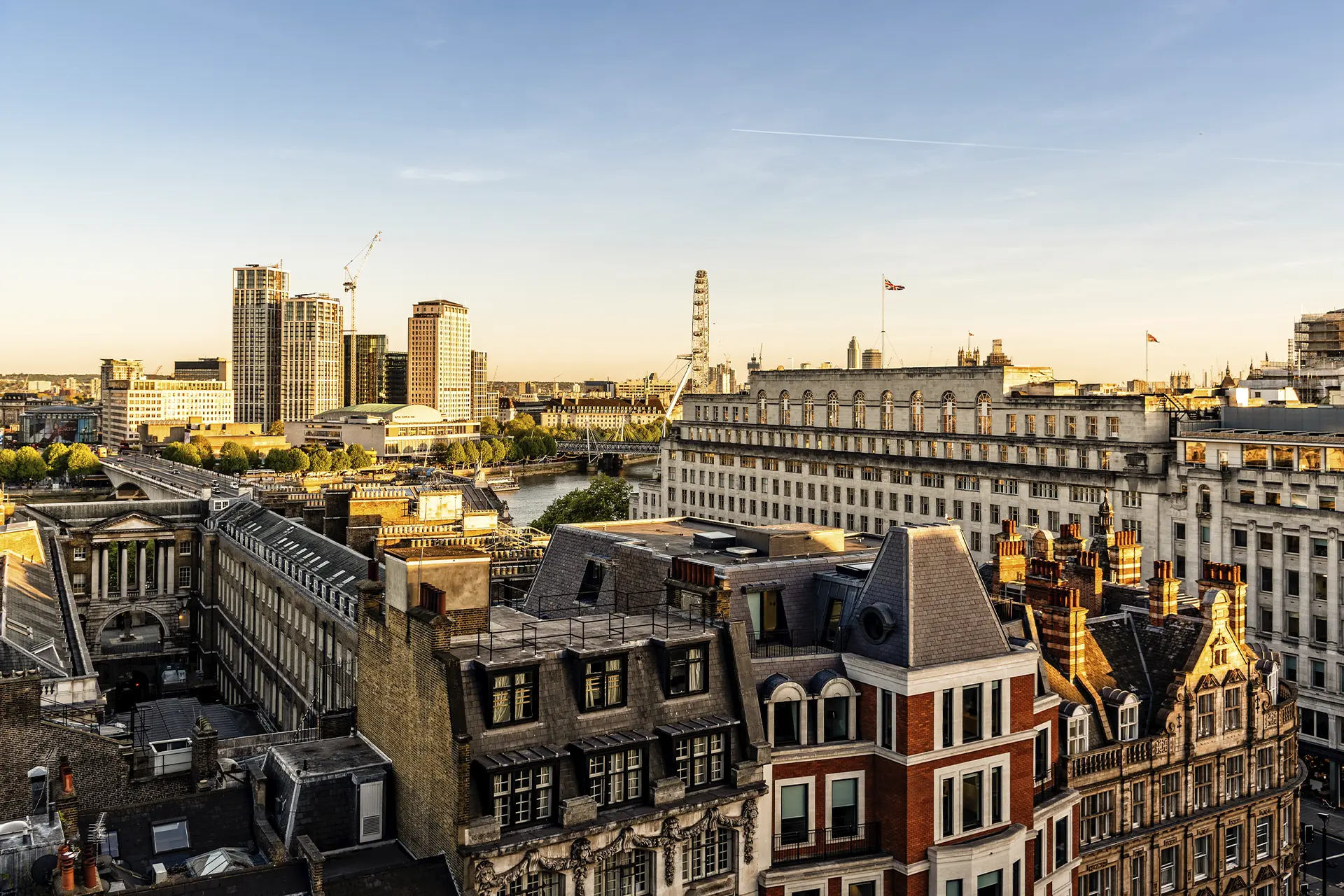
Valuations are for lenders. Surveys are for buyers. Don’t skip a survey — it could reveal hidden issues that cost you dearly in the future.
Older buildings, converted flats, and ex-council properties should always have thorough inspections. A full structural survey might cost more but offers peace of mind. For guidance, review the RICS property survey types.
Types of Surveys:
- Mortgage Valuation: Required by the lender.
- Homebuyer Report: Good for flats in decent condition.
- Full Structural Survey: Best for older or unusual properties.
If issues arise, renegotiate the price or request repairs. Keep communication open with your solicitor and estate agent during this phase.
Exchange Contracts
This is the legally binding stage of the process.
- You pay the deposit (usually 10%).
- Agree on a completion date.
- Both parties sign contracts.
Your solicitor will send you the final report and contract to sign. Make sure you understand all the terms before proceeding.
From this point, you’re committed — pulling out could cost you your deposit. Insurance should also be arranged at this stage. For legal guidance, consult the UK Government’s buying process guide.
Completion
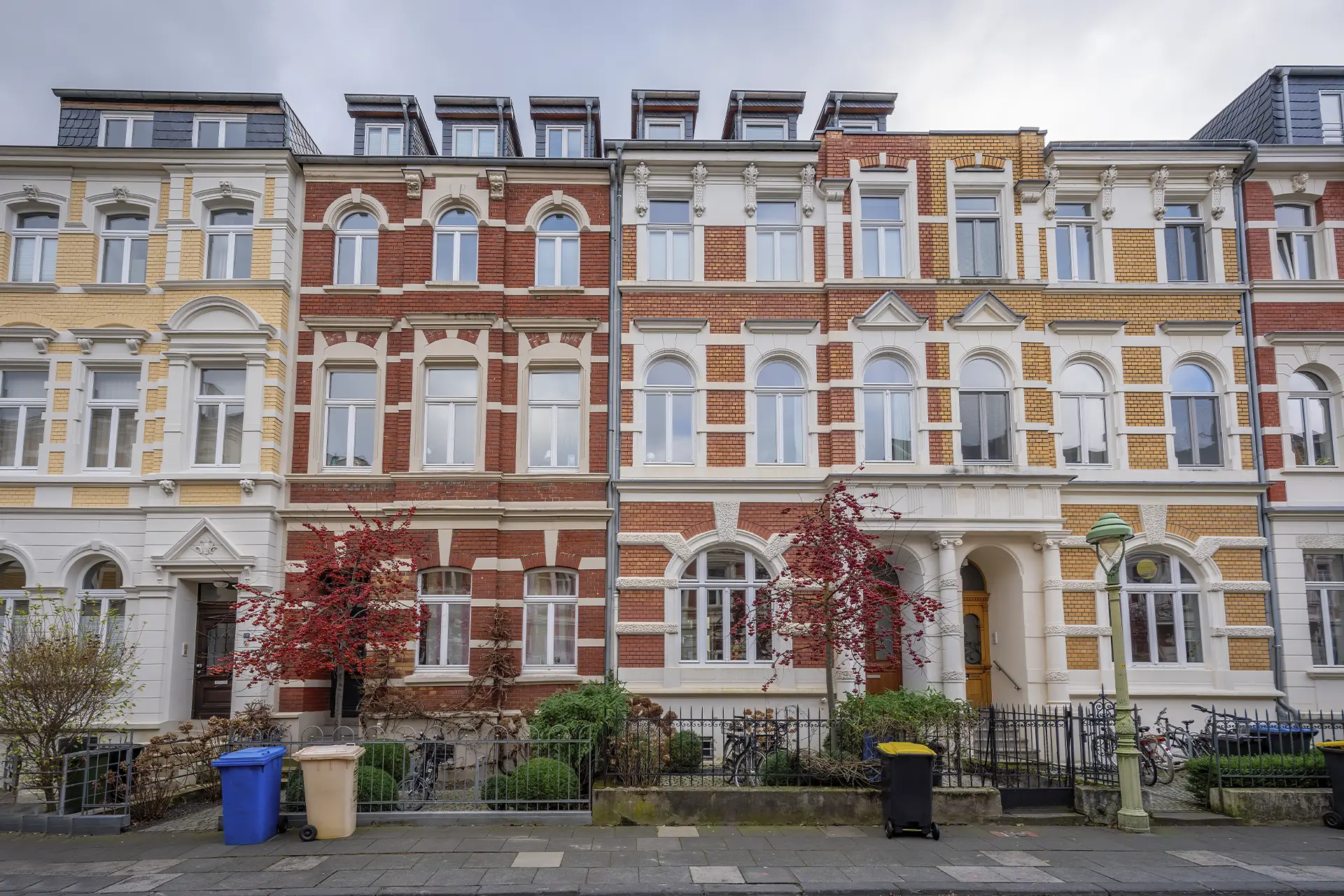
On completion day:
- Funds are transferred.
- You receive the keys.
- The flat is officially yours.
Completion typically happens within 1–2 weeks after exchange. Your solicitor will register your ownership with HM Land Registry.
Your solicitor will register you as the owner with the Land Registry. They’ll also pay your SDLT and send you copies of the official documents.
After You Buy
Now that you own your flat, don’t forget to:
- Set up utilities and council tax.
- Update your address on official documents.
- Take out home insurance.
- Join the building’s management or resident group.
It’s also a good idea to create a maintenance schedule and budget for future repairs or refurbishments. If you’re renting it out, get familiar with landlord responsibilities and safety regulations. Refer to the Private renting guide for legal obligations.
If you plan to rent it out, check landlord licensing rules and tax obligations. You might need a buy-to-let mortgage or specific permissions from the freeholder.
Tips for Foreign Buyers
Buying in London as a non-resident is possible, but there are extra steps. You’ll need a UK bank account and may face stricter lending criteria.
Understand the impact of currency exchange rates and consult with a tax advisor on international obligations. Some overseas buyers also choose to set up UK companies to hold the property.
Consider:
- Some lenders may not offer mortgages to non-residents.
- Overseas buyers may face additional SDLT.
- Currency exchange rates can affect your budget.
Hiring a solicitor experienced in international transactions is essential. They’ll help you navigate visa issues, anti-money laundering checks, and repatriation of funds.
Conclusion
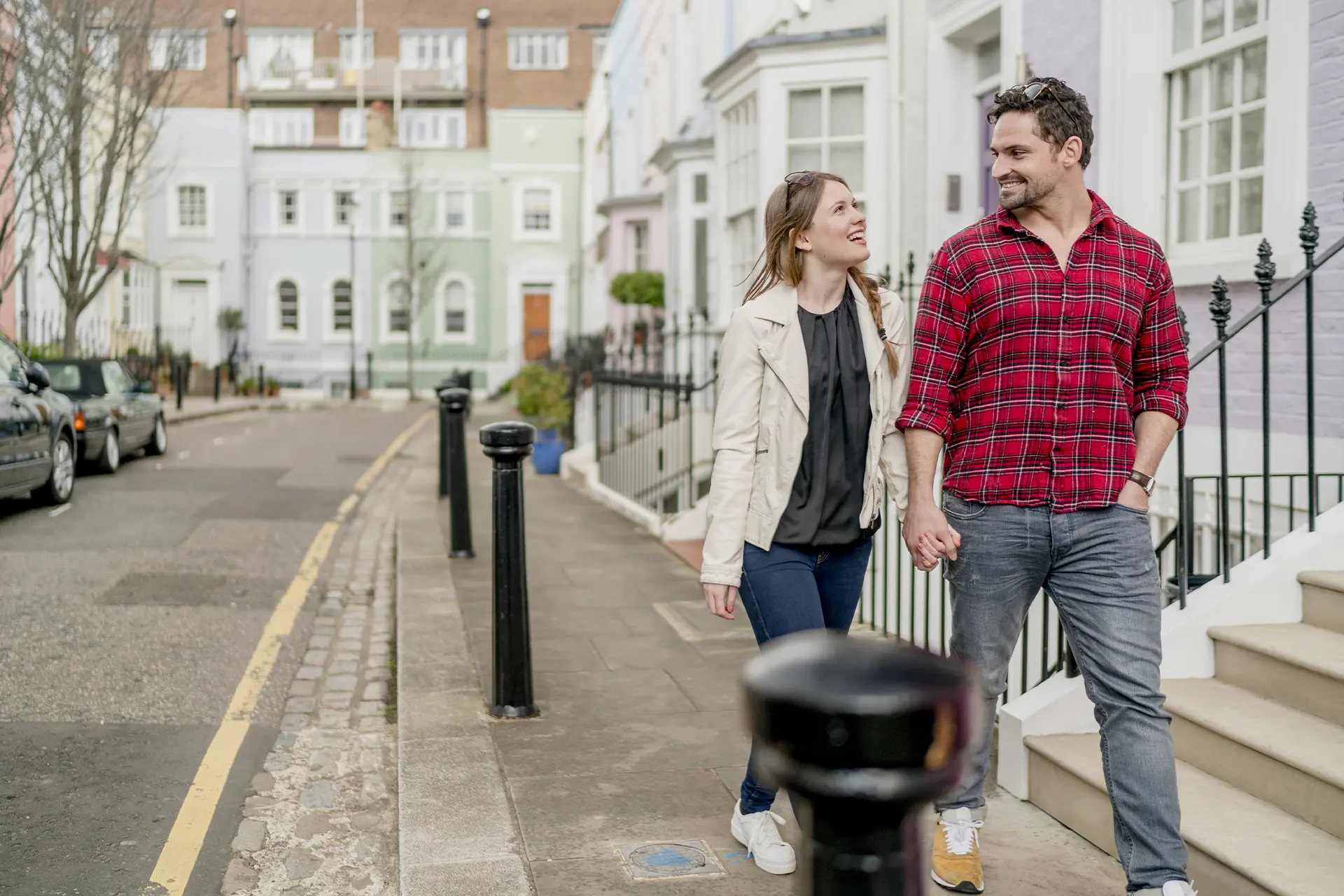
Buying a flat in London involves a series of detailed steps — but with the right preparation, it’s absolutely achievable. Define your budget, do thorough research, and surround yourself with the right professionals.
Start your journey today by checking your credit, exploring neighborhoods, and speaking to a mortgage advisor. The London property ladder awaits — climb it with confidence!

